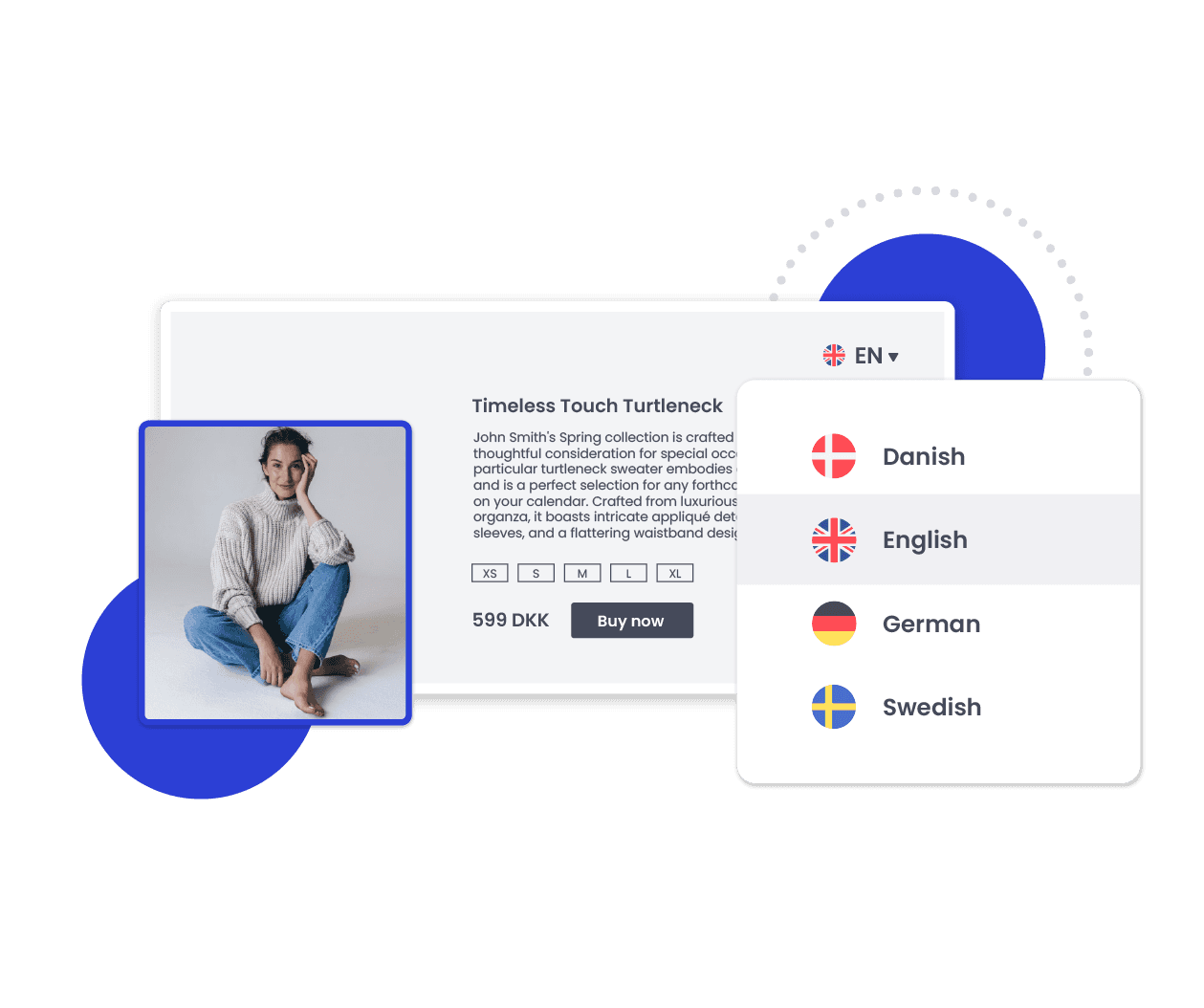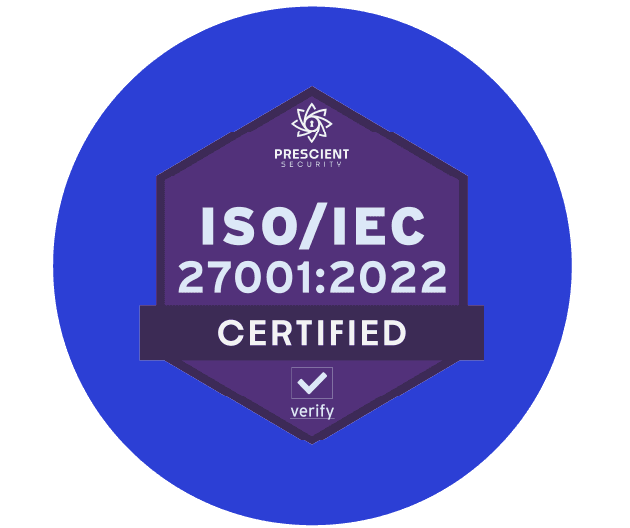INDUSTRY
Industry-specific translations
Get on-brand translations in any language that are tailored to your specific industry.

INDUSTRY
Industry-specific translations
Get on-brand translations in any language that are tailored to your specific industry.


Top quality translations
Fast & easy delivery

Unqiue blend of AI & humans


Top quality translations
Fast & easy delivery

Unqiue blend of AI & humans

Translations for any industry
Whether you work in marketing, tech, fashion or any other field, we deliver tailored translations that fit your brand’s industry.
E-commerce
Healthcare
Tourism
E-learning
Software
Gaming
Legal

E-commerce & Retail translations
Translate your e-commerce website and webshop for global expansion. E-commerce localisation builds customer trust, enhances customer experiences and provides a competitive edge. EasyTranslate HumanAI provides well-translated product descriptions, improved SEO and on-brand communication making sure your brand reaches its target audience wherever they are.
Translations for any industry
Whether you work in marketing, tech, fashion or any other field, we deliver tailored translations that fit your brand’s industry.
E-commerce
Healthcare
Tourism
E-learning
Legal
Software
Gaming

E-commerce & retail translations
Translate your e-commerce website and webshop for global expansion. E-commerce localisation builds customer trust, enhances customer experiences and provides a competitive edge. EasyTranslate HumanAI provides well-translated product descriptions, improved SEO and on-brand communication making sure your brand reaches its target audience wherever they are.
Your data is safe with us
Protecting your files and information is our top priority. Your data remains safe, compliant and under your control.

Single sign-on

Annual ISO 27001 audit

GDPR compliance
Your data is safe with us
Protecting your files and information is our top priority. Your data remains safe, compliant and under your control.

Single sign-on

Annual ISO 27001 audit

GDPR compliance
Your data is safe with us
Protecting your files and information is our top priority. Your data remains safe, compliant and under your control.

Single sign-on

Annual ISO 27001 audit

GDPR compliance
See why our customers love us
See why our customers love us
See why our customers love us
See EasyTranslate HumanAI in action
Talk to one of our experts and experience EasyTranslate HumanAI first-hand.
See EasyTranslate HumanAI in action
Talk to one of our experts and experience EasyTranslate HumanAI first-hand.
LangOps Platform
Services
Titangade 9-11, 2200 Copenhagen N, Denmark
Tel: +45 70 20 55 50 | hello@easytranslate.com
Copyright Ⓒ 2025 EasyTranslate A/S. All rights reserved.
VAT: DK33240562
LangOps Platform
Services
Titangade 9-11, 2200 Copenhagen N, Denmark
Tel: +45 70 20 55 50 | hello@easytranslate.com
Copyright Ⓒ 2025 EasyTranslate A/S. All rights reserved.
VAT: DK33240562
LangOps Platform
Services
Titangade 9-11, 2200 Copenhagen N, Denmark
Tel: +45 70 20 55 50 | hello@easytranslate.com
Copyright Ⓒ 2025 EasyTranslate A/S. All rights reserved.
VAT: DK33240562











